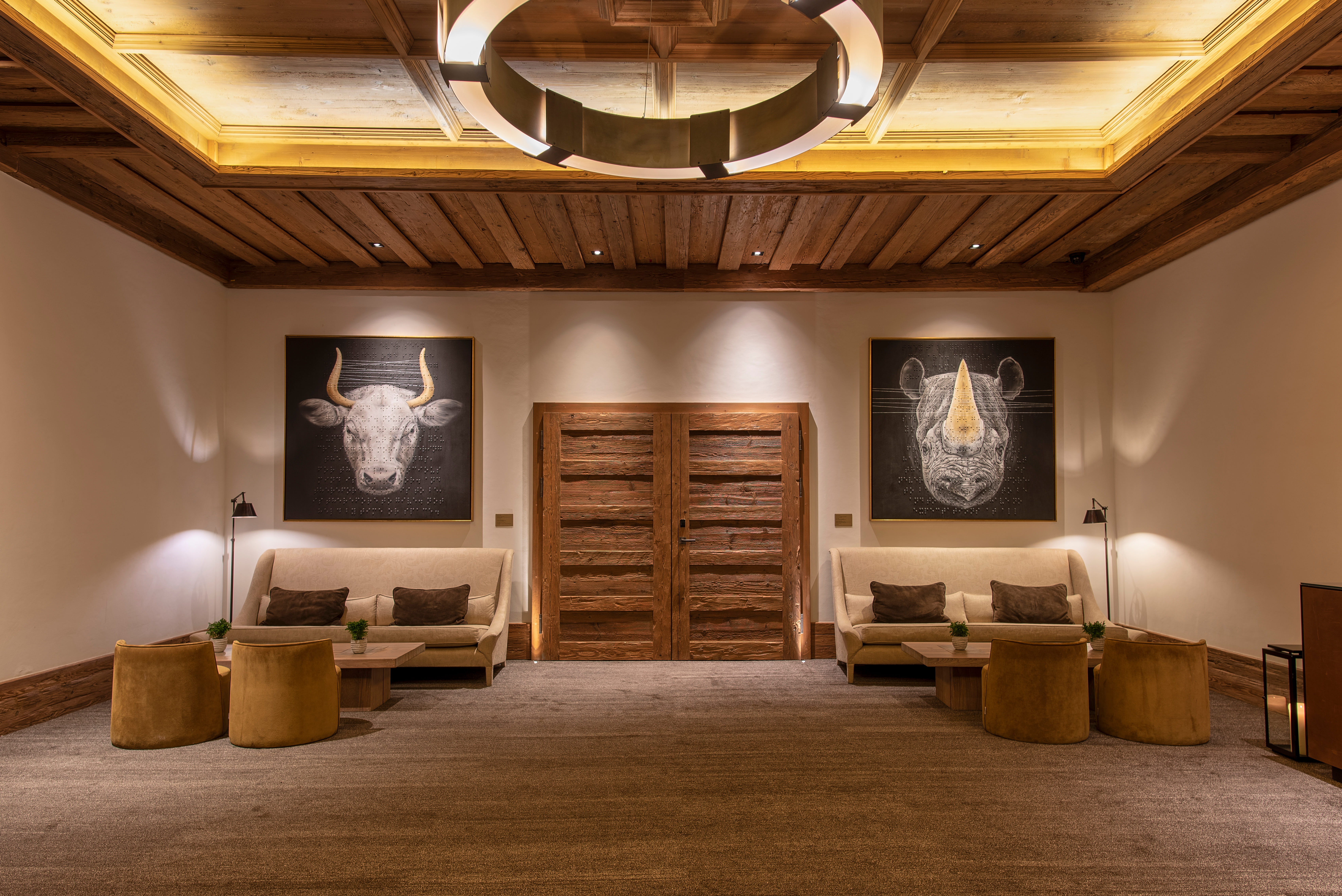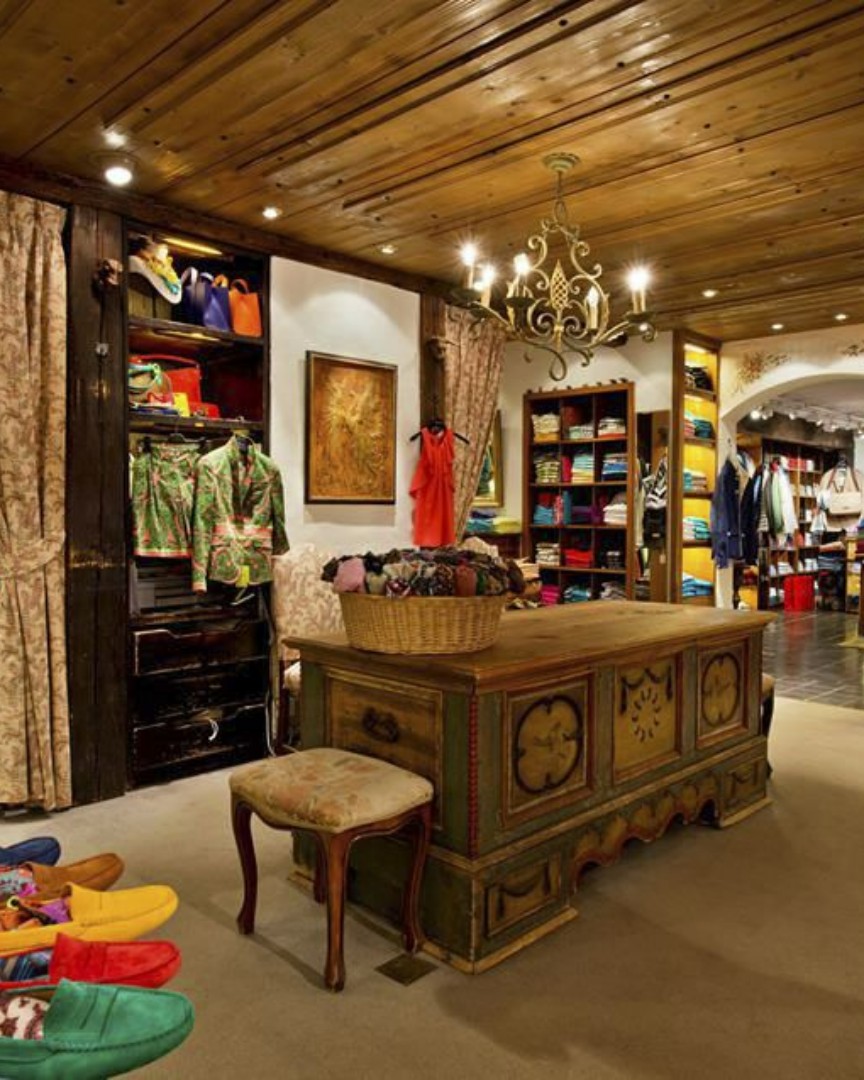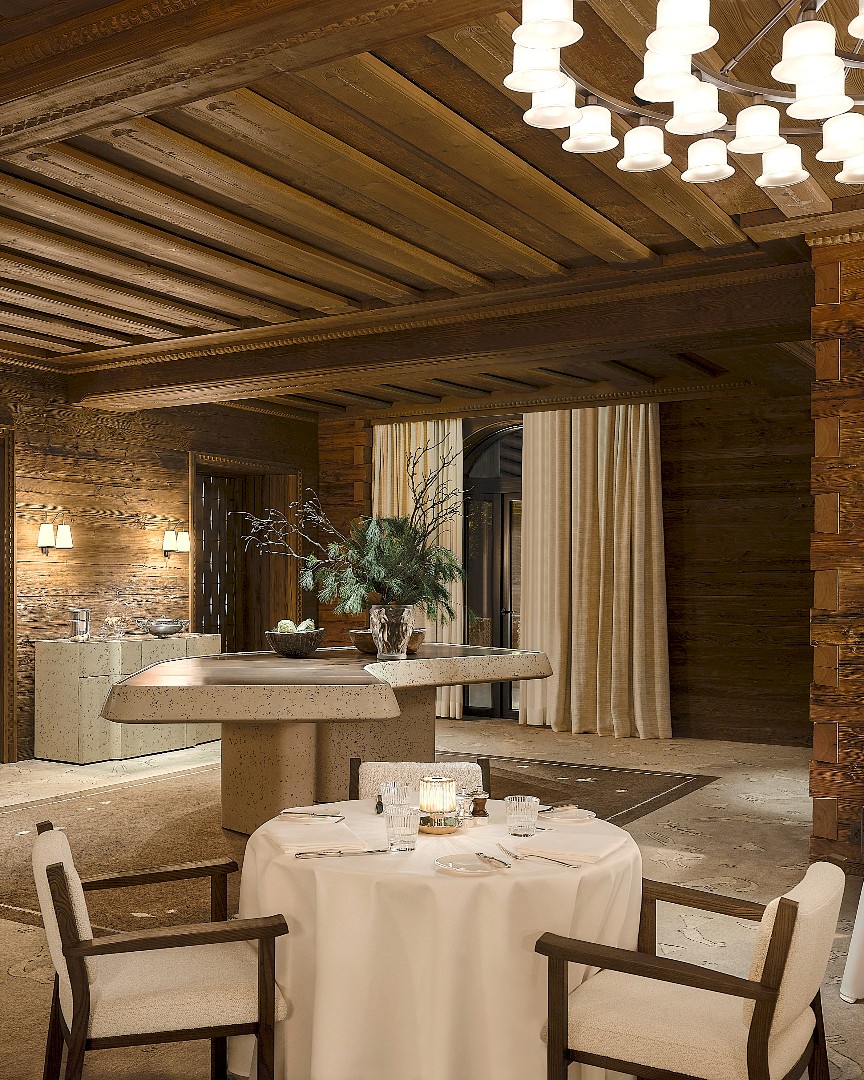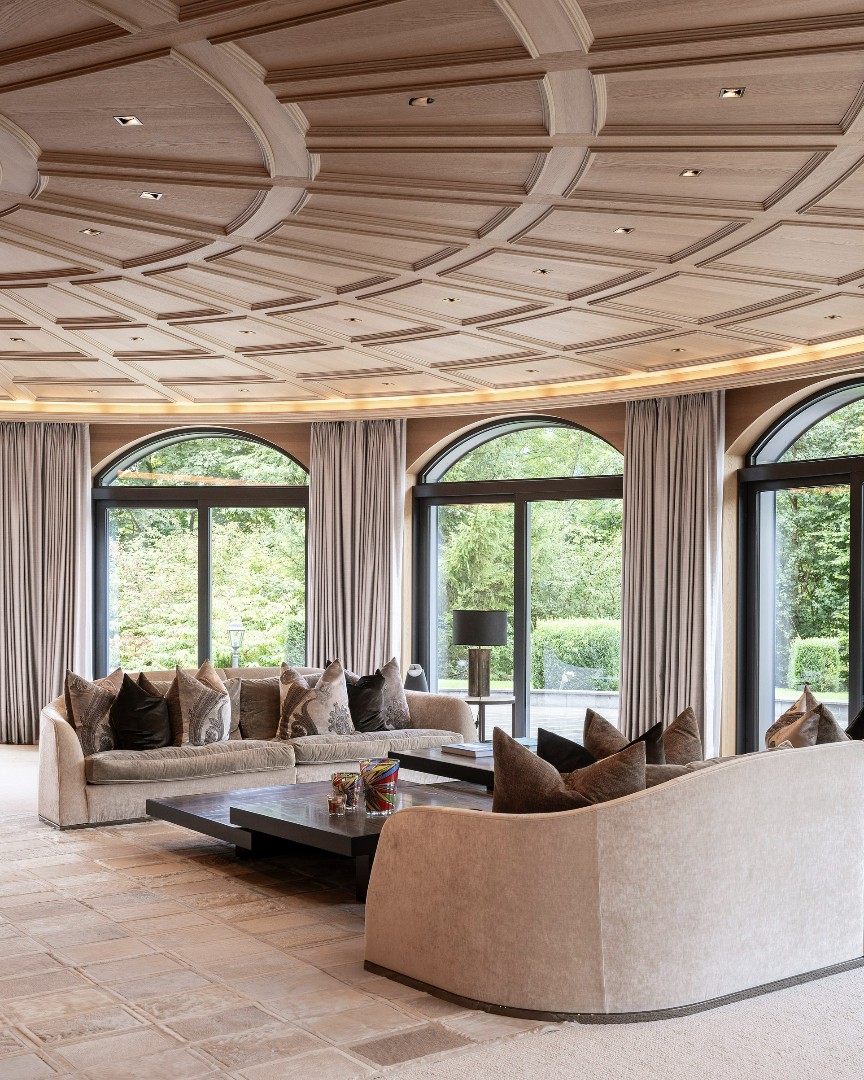 All Articles
Art & Culture
Fashion & Beauty
Gastronomy
Hotel
Interview
Philosophy
Tourism
Well-being
All Articles
Art & Culture
Fashion & Beauty
Gastronomy
Hotel
Interview
Philosophy
Tourism
Well-being
 Architecture
Design
Fashion
Gastronomy
Real Estate
Architecture
Design
Fashion
Gastronomy
Real Estate
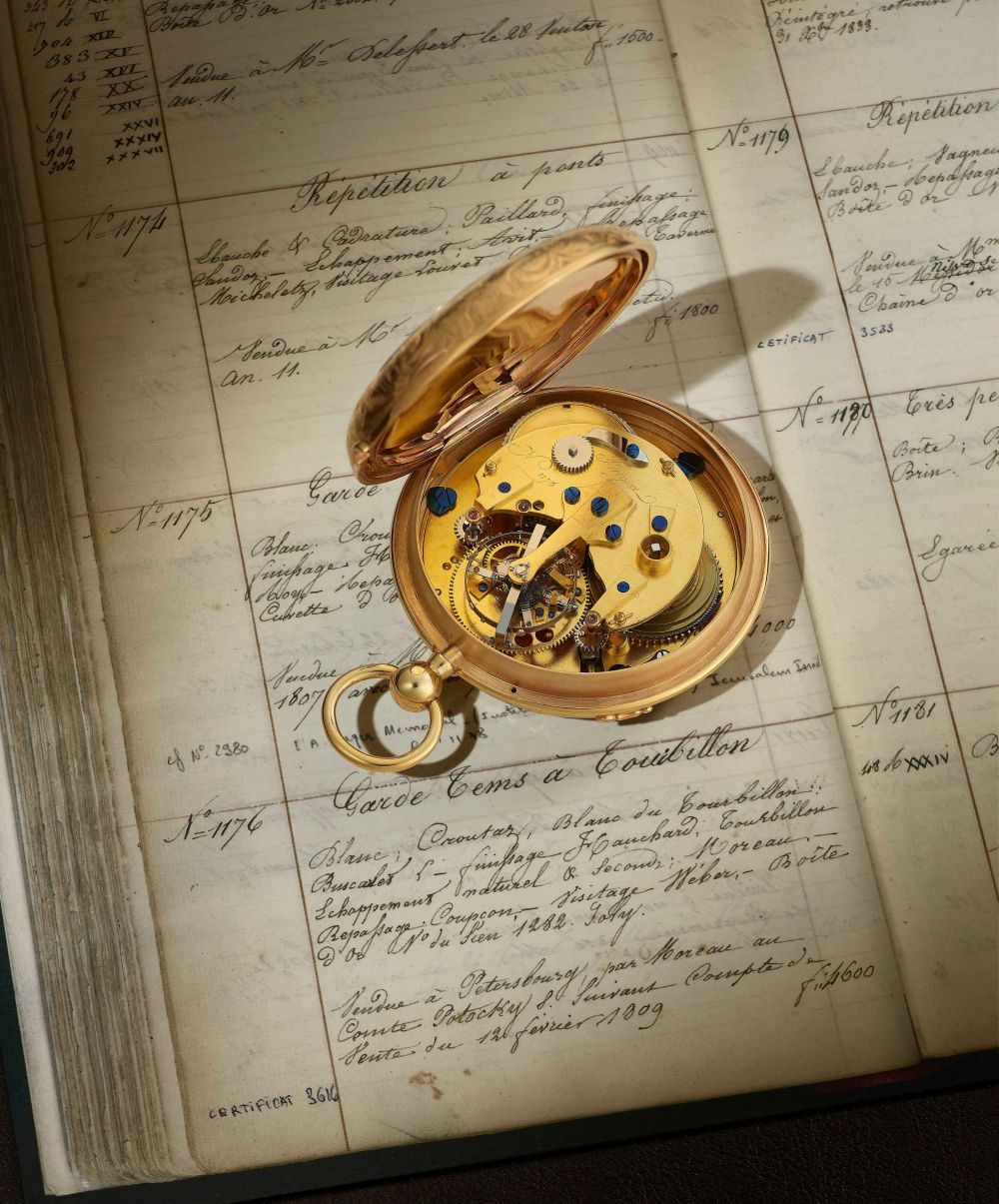
Precision, technical expertise, complications, gem setting… Swiss watches have been coveted from time immemorial! The earliest watch was, however, made in Germany by Peter Henlein in 1530, and Swiss watchmaking was launched by Huguenots fleeing persecution in France. They took their clock and watch making skills to Geneva, where John Calvin and the Reformation were in full swing.
With jewelry banished, local goldsmiths and enamellers teamed up with the Huguenots, setting the scene for Geneva's expertise and aesthetics in the late 17th century. Watchmaking then crossed the Jura mountains thanks to Daniel Jeanrichard, founder of the Neuchâtel industry, A.-L. Perrelet, creator of the perpetual watch in 1770, Abraham-Louis Breguet, inventor of the tourbillon in 1795, Adrien Philippe, the founder of Patek Philippe, and creator of the pendant winding watch… Farmers and peasants spent their winters making components for assembly by firms in Geneva, a system known as "établissage".
But in the early 1800s, with the Lépine calibre adapted for factory production, Swiss firms began making far more watches than their rivals. In 1850, Britain produced 200,000 timepieces, Switzerland 2,200,000, some of lower quality. In-house production optimized by Longines and IWC, plus research and innovation by P.-F. Ingold and G.-A. Leschot, then helped the industry offer quality at mid-range prices and extend its world supremacy by the dawn of the 20th century. But that's another era…
Leaping forward, the Swiss industry is now battling counterfeiting and Covid-crisis fall-out. Yet it is still on the cutting-edge of innovation thanks to firms like ID Geneva, which uses recycled stainless steel from the Jura, up-cycled movements, straps made 80% of grape residue, and home compostable mushroom packaging!
To reach the reception, ask the concierge or make a reservation click on the bell!


